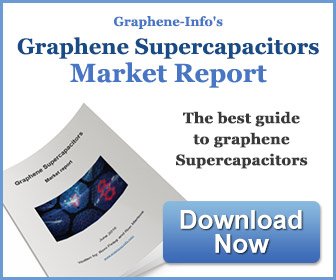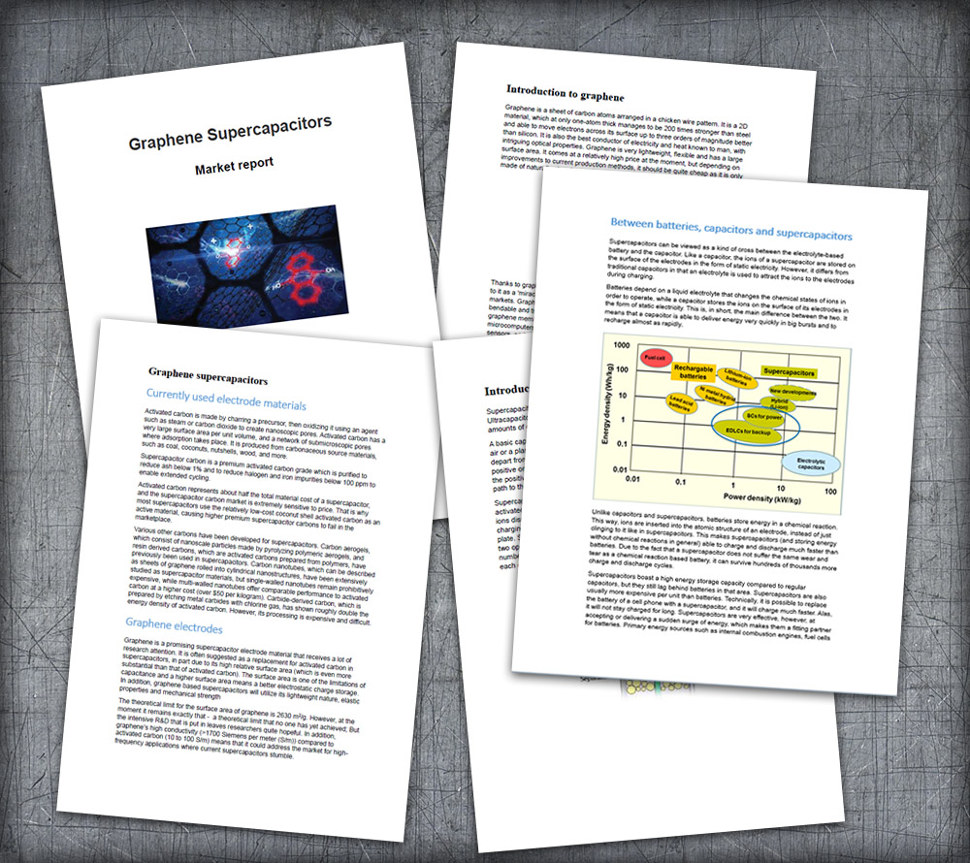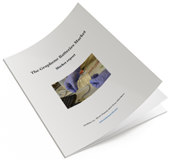Graphene supercapacitors
Graphene is a thin layer of pure carbon, tightly packed and bonded together in a hexagonal honeycomb lattice. It is widely regarded as a âwonder materialâ because it is endowed with an abundance of astonishing traits: it is the thinnest compound known to man at one atom thick, as well as the best known conductor. It also has amazing strength and light absorption traits and is even considered ecologically friendly and sustainable as carbon is widespread in nature and part of the human body.
Graphene is often suggested as a replacement for activated carbon in supercapacitors, in part due to its high relative surface area (which is even more substantial than that of activated carbon). The surface area is one of the limitations of capacitance and a higher surface area means a better electrostatic charge storage. In addition, graphene based supercapacitors will utilize its lightweight nature, elastic properties and mechanical strength.
A Graphene supercapacitor is said to store almost as much energy as alithium-ion battery, charge and discharge in seconds and maintain all this over tens of thousands of charging cycles. One of the ways to achieve this is by using a a highly porous form of graphene with a large internal surface area (made by packing graphene powder into a coin-shaped cell and then dry and press it).
What are supercapacitors?
Supercapacitors, also known as EDLC (electric double-layer capacitor) or Ultracapacitors, differ from regular capacitors in that they can store tremendous amounts of energy.
A basic capacitor usually consists of two metal plates, separated by an insulator (like air or a plastic film). During charging, electrons accumulate on one conductor and depart from the other. One side gains a negative charge while the other side builds a positive one. The insulator disturbs the natural pull of the negative charge towards the positive one, and that tension creates an electric field. Once electrons are given a path to the other side, discharge occurs.
Supercapacitors also contain two metal plates, only coated with a porous material known as activated carbon. They are immersed in an electrolyte made of positive and negative ions dissolved in a solvent. One plate is positive and the other is negative. During charging, ions from the electrolyte accumulate on the surface of each carbon-coated plate. Supercapacitors also store energy in an electric field that is formed between two oppositely charged particles, only they have the electrolyte in which an equal number of positive and negative ions is uniformly dispersed. Thus, during charging, each electrode ends up having two layers of charge coating (electric double-layer).
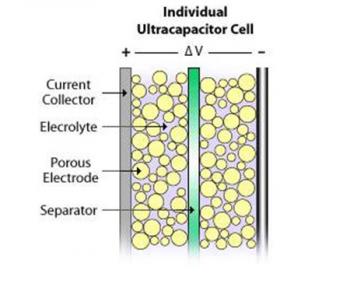
Batteries and Supercapacitors
Unlike capacitors and supercapacitors, batteries store energy in a chemical reaction. This way, ions are inserted into the atomic structure of an electrode, instead of just clinging to it like in supercapacitors. This makes supercapacitors (and storing energy without chemical reactions in general) able to charge and discharge much faster than batteries. Due to the fact that a supercapacitor does not suffer the same wear and tear as a chemical reaction based battery, it can survive hundreds of thousands more charge and discharge cycles.
Supercapacitors boast a high energy storage capacity compared to regular capacitors, but they still lag behind batteries in that area. Supercapacitors are also usually more expensive per unit than batteries. Technically, it is possible to replace the battery of a cell phone with a supercapacitor, and it will charge much faster. Alas, it will not stay charged for long. Supercapacitors are very effective, however, at accepting or delivering a sudden surge of energy, which makes them a fitting partner for batteries. Primary energy sources such as internal combustion engines, fuel cells and batteries work well as a continuous source of low power, but cannot efficiently handle peak power demands or recapture energy because they discharge and recharge slowly. Supercapacitors deliver quick bursts of energy during peak power demands and then quickly store energy and capture excess power that's otherwise lost. In the example of an electric car, a supercapacitor can provide needed power for acceleration, while a battery provides range and recharges the supercapacitor between surges.
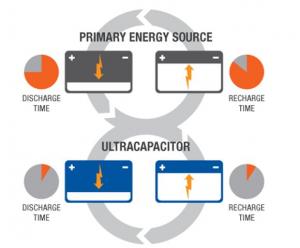
Common supercapacitor applications
Supercapacitors are currently used to harvest power from regenerative braking systems and release power to help hybrid buses accelerate, provide cranking power and voltage stabilization in start/stop systems, backup and peak power for automotive applications, assist in train acceleration, open aircraft doors in the event of power failures, help increase reliability and stability of the energy grid of blade pitch systems, capture energy and provide burst power to assist in lifting operations, provide energy to data centers between power failures and initiation of backup power systems, such as diesel generators or fuel cells and provide energy storage for firming the output of renewable installations and increasing grid stability.
Rivaling materials
Several materials exist that are researched and suggested to augment supercapacitors as much (or even more than) graphene. Among these materials are: hemp, that was used by Canadian researchers to develop hemp fibers that are at least as efficient as graphene ones in supercapacitor electrodes, Cigarette filters, which were used by Korean researchers to prepare a material for supercapacitor electrodes that exhibits a better rate capability and higher specific capacitance than conventional activated carbon and even higher than N-doped graphene or N-doped CNT electrodes.
Graphene supercapacitors commercialization
Graphene supercapacitors are already on the market, and several companies, including Skeleton Technology, the CRRC, ZapGoCharger, and Angstron Materials are developing such solutions. Read our Graphene Supercapacitors market report to learn more about this exciting market and how graphene will effect it.
Further reading
The latest graphene supercapacitor news:
New graphene material shows promise for batteries and supercapacitors, IP bought by Sicona Battery Technologies
Researchers from the ARC Centre of Excellence for Electromaterials Science (ACES), UOW and the Australian National Fabrication Facility (ANFF), led by Professor David Officer and Distinguished Professor Gordon Wallace, have developed a new form of graphene, called Edge Functionalized Graphene (EFG), that is both highly conductive and processable.
EFG has reportedly been demonstrated to have high utility in energy storage (both for batteries and supercapacitors), as well as in composites for use as sensors, reinforcement materials or non-metallic conductors. Further applications in biomedical engineering are also under investigation.
First Graphene announces milestone on supercapacitor materials
First Graphene (FGR) has announced that it has reached a milestone on its program to develop high performing supercapacitor materials. FGR’s recent work has been focused on the development of an optimized bill of materials for a supercapacitor to deliver high energy and power densities.
First Graphene has now announced that, in a standard test cell, its product PureGRAPH hybrid active materials outperform leading activated carbon materials over 100 cycles. The PureGRAPH materials have a specific capacitance of 140 farads per gram (f/g) while activated carbon cells typically have a specific capacitance of 35 f/g. FGR said this shows that PureGRAPH hybrid active materials can be formulated into an electrode slurry for use in device manufacture.
Recent research and industry news on graphene supercapacitors
Supercapacitors are gaining in popularity, as these devices can store and release energy very quickly, and are useful in many applications -including energy generation, grid power support, automotive, consumer devices and more.
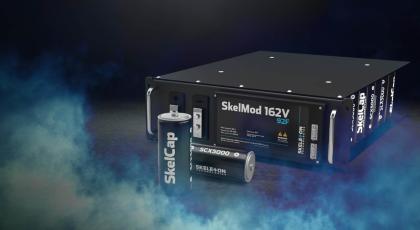
Graphene has the potential to increase the performance of supercapacitors, and the material is already used in many commercial products by several companies.
Graphene-Info overhauls its Graphene Supercapacitors Market Report
A few days ago, we published our quarterly update for our Graphene Supercapacitors Market Report. The update this time was comprehensive, as we overhauled the report.
The supercapacitors market is heating up (this is also true for other energy storage devices), as the world increases its investments in renewable energy and electric vehicles and transportation and supercapacitors play an ever more important role.
Graphene-Info updates all its graphene market report
Today we published new versions of all our graphene market reports. Graphene-Info provides comprehensive niche graphene market reports, and our reports cover everything you need to know about these niche markets. The reports are now updated to October 2021.
The Graphene Batteries Market Report:
- The advantages using graphene batteries
- The different ways graphene can be used in batteries
- Various types of graphene materials
- What's on the market today
- Detailed specifications of some graphene-enhanced anode material
- Personal contact details into most graphene developers
The report package provides a good introduction to the graphene battery - present and future. It includes a list of all graphene companies involved with batteries and gives detailed specifications of some graphene-enhanced anode materials and contact details into most graphene developers. Read more here!
An update on Skeleton Technologies' graphene-based supercapacitors
Germany-based Skeleton Technologies has been on the forefront of graphene-based supercapacitors development for many years, and the company recently made some major announcements, including a large (>â¬70 million) financing round, the super-battery project and several strategic customers and projects - including ones with Medcom, Skoda, CAF, Wrightbus and Marubeni.

We recently talked with Skeleton's VP of automotive products, Sebastian Pohlmann, who updated us on the company's business and technology.
GMG to support Queensland University of Technology pilot for piezo-supercapacitors for self-powered medical implants
Graphene Manufacturing Group (GMG) has formalized its support to Queensland University of Technology Centre for Biomedical Technologies (CBT) for the development of Piezo-Supercapacitors for Self-Powered Medical Implants through a pilot project agreement. The Agreement details GMG’s contribution of expertise and graphene for the project.
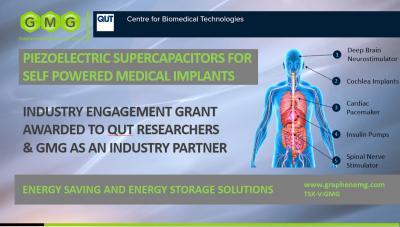
The initial Industry Engagement Grant entitled Piezoelectric Supercapacitors for Self-Powered Medical Implants was awarded to Professor Cameron Brown, Associate Professor Deepak Dubal, Dr. Hong Duc Pham and the Chief Scientific Officer of GMG, Dr. Ashok Kumar Nanjundan.
Researchers develop graphene aerosol gel inks for printing micro-supercapacitors
Researchers from Kansas State University, led by Suprem Das, assistant professor of industrial and manufacturing systems engineering, in collaboration with Christopher Sorensen, university distinguished professor of physics, have shown potential ways to manufacture graphene-based nano-inks for additive manufacturing of supercapacitors in the form of flexible and printable electronics.
The team’s work could be adapted to integrate supercapacitors to overcome the slow-charging processes of batteries. Furthermore, Das has been developing additive manufacturing of small supercapacitors â called micro-supercapacitors â so that one day they could be used for wafer-scale integration in silicon processing.
Skeleton Technologies enters agreement with CAF Power & Automation for supercapacitors for trams
Skeleton Technologies has signed a contract with CAF Power & Automation, a global manufacturer of electric power solutions for the rail industry, to supply supercapacitors in trams powered by CAF P&’s OESS-s (On Board Energy Storage Systems).
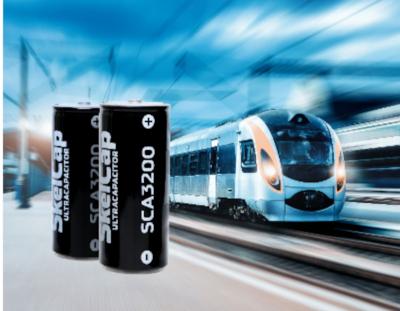
Skeleton’s cells will reportedly be included in Greentech OESS portfolio already used by some of the leading railway companies worldwide to offer cutting edge solutions to energy recovery, peak shaving and catenary-free applications.
Skeleton Technologies raises €29 Million in Series D extension
Skeleton Technologies recently announced the closing of a further â¬29 Million in its Series D round of funding. With this development, the total funding in Round D now amounts to â¬70.4 Million including the â¬41.3 Million announced in November 2020.
This round follows the company’s â¬51 Milion funding by Germany’s Federal Ministry for Economic Affairs and Energy (BMWi) and the Free State of Saxony, announced in March 2021.
Pagination
- Previous page
- Page 5
- Next page
